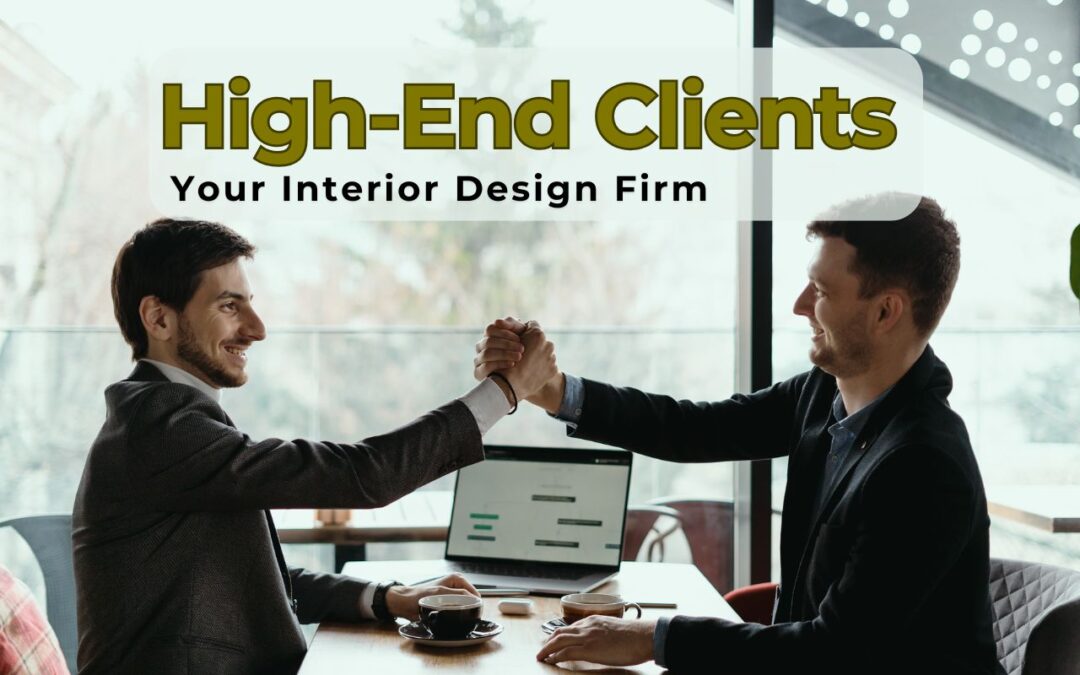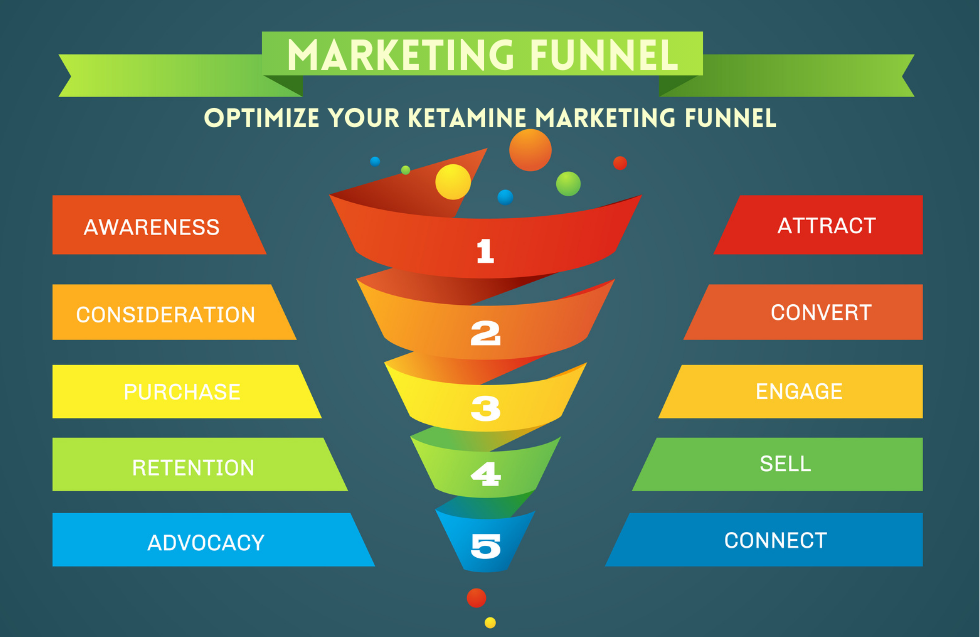In the dynamic and highly competitive world of interior design, attracting high-end clients is often the key to unlocking consistent business growth, elevating brand reputation, and enjoying higher profit margins. These clients are not only willing to pay for quality but are also seeking a level of creativity, expertise, and personal attention that sets luxury services apart from standard offerings.
However, appealing to affluent clientele requires more than just beautiful design skills. It demands strategic branding, refined client experience, and an in-depth understanding of luxury lifestyle expectations. Whether you’re just launching your interior design firm or looking to scale into the high-end market, this comprehensive guide will show you how to position your business to attract and retain high-net-worth individuals.
Understanding the Mindset of High-End Clients
Before diving into strategies, it’s essential to understand who your high-end clients are. These are individuals who seek exclusivity, personalization, quality, and a seamless process from start to finish. They often value:
- Time over money – They want things done efficiently and correctly the first time.
- Trust and discretion – They prefer working with professionals who can be counted on for confidentiality and reliability.
- Status and uniqueness – They want their interiors to reflect their social standing and individuality.
- Exceptional service – From initial consultation to final walk-through, they expect white-glove treatment.
With this mindset in mind, let’s look at how you can position your firm to meet – and exceed – those expectations.
1. Build a Sophisticated and Aspirational Brand Identity
Your brand is the first impression high-end clients will have of your firm. It should reflect elegance, professionalism, and the level of service you offer. Everything from your logo, color palette, and business cards to your language and photography must convey luxury.
A polished brand presence reassures potential clients that you understand refinement and are capable of delivering elevated design experiences. Avoid anything that feels generic, overly trendy, or unpolished. Every element of your branding should exude quality and thoughtfulness.
2. Curate a Premium Portfolio
Your portfolio is your calling card. For high-end clients, your body of work must reflect exquisite taste, attention to detail, and a wide range of design styles – especially those associated with affluence, such as contemporary minimalism, classical luxury, or timeless modernity.
Rather than showcasing every project you’ve ever worked on, curate only the best. Focus on projects that illustrate:
- Custom work (bespoke furniture, art, finishes)
- Creative problem-solving for challenging spaces
- High-quality materials and craftsmanship
- Integration of technology and comfort
Quality photography is a must. Invest in professional photoshoots that capture lighting, scale, textures, and the atmosphere of the spaces you’ve designed.
3. Elevate Your Online Presence
A modern, mobile-optimized website with high-resolution images, seamless navigation, and polished content is essential. High-end clients will often visit your site before making contact, and even a slight impression of amateurism could deter them.
Your website should include:
- A clean and visually appealing homepage
- A compelling About page that tells your story and values
- A sophisticated portfolio that’s easy to browse
- Testimonials from satisfied clients
- An intuitive contact or inquiry form
Additionally, maintain a refined social media presence. Use platforms that allow for visual storytelling and audience engagement. Share behind-the-scenes glimpses, design philosophies, and completed projects in a manner that feels exclusive and tasteful.
4. Network Where High-End Clients Spend Their Time
Affluent individuals tend to frequent specific environments, both physically and virtually. To attract them, you need to place yourself in the spaces they trust and inhabit. This could include:
- High-end real estate open houses
- Art galleries and luxury auctions
- Charity events, galas, and private clubs
- Professional business circles and executive retreats
Don’t treat networking as a direct sales opportunity. Instead, use it to build relationships, share your passion for design, and cultivate organic trust. High-end clients are more likely to work with professionals they meet through trusted recommendations and mutual connections.
5. Leverage Word-of-Mouth and Referrals
In the world of luxury services, reputation is currency. Most high-net-worth individuals prefer to work with professionals who come highly recommended by their peers. This means you need to actively cultivate and encourage word-of-mouth marketing.
After completing a project, don’t be afraid to ask your satisfied clients for referrals. Offer them a discreet incentive or token of appreciation if appropriate, but more importantly, ensure they have an outstanding experience worth talking about.
Collaborate with other luxury service providers such as real estate agents, architects, art consultants, or event planners who serve similar clientele. These partnerships can become invaluable sources of new client introductions.
6. Develop a Personalized Client Experience
High-end clients expect a service experience that is as luxurious as the end result. This starts from the first inquiry and continues through project completion and beyond.
Here’s how to create a white-glove experience:
- Respond promptly and professionally to all communications.
- Offer in-home or on-site consultations at their convenience.
- Provide detailed timelines, design mood boards, and project proposals tailored to their vision.
- Maintain consistent updates and a high level of transparency throughout the design process.
- Go the extra mile by anticipating needs they haven’t yet expressed.
Once the project is complete, consider offering a personalized thank-you gesture. Whether it’s a handwritten note, a customized accessory for their new space, or a follow-up visit to ensure satisfaction – these gestures can turn a satisfied client into a lifelong ambassador for your brand.
7. Invest in Public Relations and Exposure
To attract high-end clients, your name must be synonymous with excellence and taste. Thoughtful PR efforts can elevate your brand’s visibility and establish you as a thought leader in the luxury design space.
Ways to build authority include:
- Publishing design advice or trend insights in luxury lifestyle magazines
- Speaking at industry panels or events
- Collaborating with well-known creatives in your city
- Offering pro bono work for high-profile charity projects
Clients who see you as a recognized expert in the field are more likely to trust your services without hesitation.
8. Understand and Communicate the Value of Luxury Design
It’s not just about making a home look beautiful. High-end clients are often paying for:
- A unique reflection of their personal identity
- A sense of peace and functionality in their everyday living
- Design that adds long-term value to their property
You must be able to articulate the intangible benefits of your work. Communicate the emotional and lifestyle value that your design will bring. Clients don’t just want a designer; they want a visionary who can transform their spaces into statements of sophistication and ease.
9. Be Selective About Your Projects
One of the most counterintuitive strategies for attracting affluent clients is saying no to projects that don’t align with your brand. When you take on lower-budget or creatively limiting work just to stay busy, it can dilute your image in the market.
By being selective, you:
- Protect your time and creative energy
- Reinforce your position as a high-end service provider
- Build a portfolio filled with aspirational work
- Signal to future clients that you are in demand
This also helps you create boundaries that are respected by the type of client who values exclusivity and professionalism.
10. Refine Your Communication Style
Luxury clients expect clarity, professionalism, and grace. Every email, meeting, and call is a touchpoint in your brand experience. From tone to vocabulary, your communication should always reflect competence and calm assurance.
Avoid over-promising. Instead, set realistic expectations and consistently deliver on them. If issues arise, be proactive and composed in your response. The ability to manage stress and resolve problems with dignity is a trait high-end clients deeply value.
11. Continuously Innovate and Stay Ahead of Trends
The luxury design world evolves constantly, and high-end clients often want what’s new and rare. Keeping your finger on the pulse of global design trends, sustainability, technological integration, and material innovation will keep your services fresh and in demand.
Attend international design expos, take continuing education courses, and stay active in design communities. The more you refine and evolve your knowledge, the more confidently you can introduce original ideas to your clients.
12. Build a Discerning, Detail-Oriented Team
As your business grows, the team supporting you plays a major role in client satisfaction. High-end clients will likely interact with your assistants, project managers, and contractors. Make sure everyone upholds your brand standards.
Hire people who are:
- Emotionally intelligent
- Organized and solution-oriented
- Respectful of confidentiality and client boundaries
- Passionate about quality and aesthetics
A well-trained, professional team gives clients confidence that they are in expert hands at all stages of the project.
Final Thoughts
Attracting high-end clients to your interior design firm isn’t just about having talent – it’s about branding, relationship-building, communication, and delivery at the highest level. It requires a long-term mindset and a commitment to excellence that permeates every aspect of your business.
Remember, wealthy clients are not simply looking for someone who can decorate – they are looking for someone who can curate an experience, bring their lifestyle to life through design, and make the entire journey seamless and pleasurable.
When you focus on quality over quantity, build a sophisticated presence, and consistently exceed expectations, you’ll find that high-end clients will begin seeking you – not the other way around.
Let your design speak luxury, and let your brand exude confidence.













